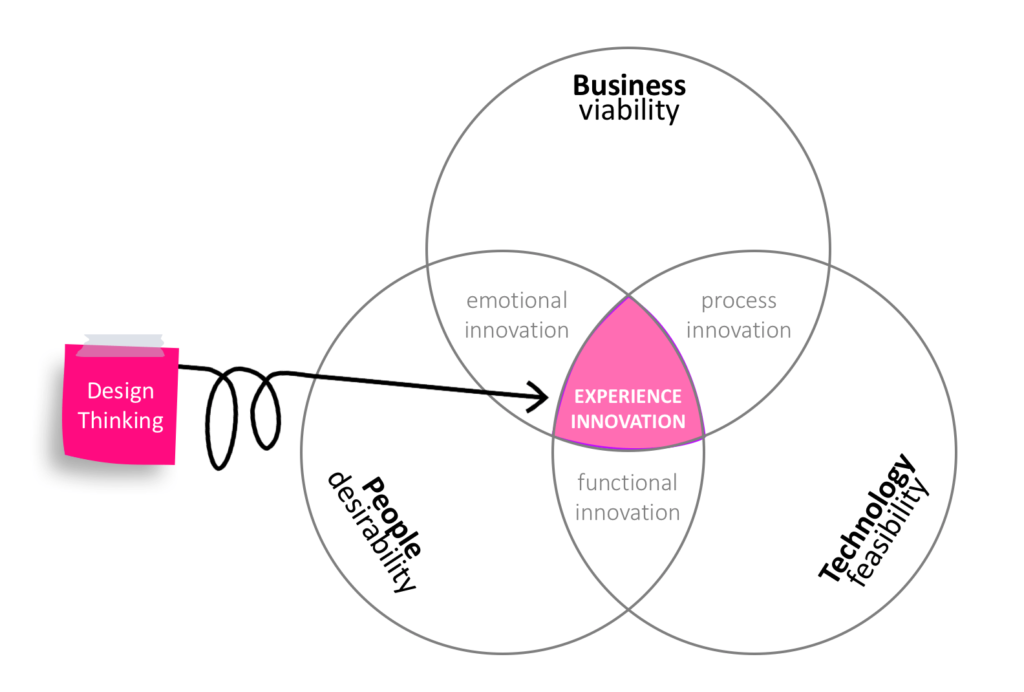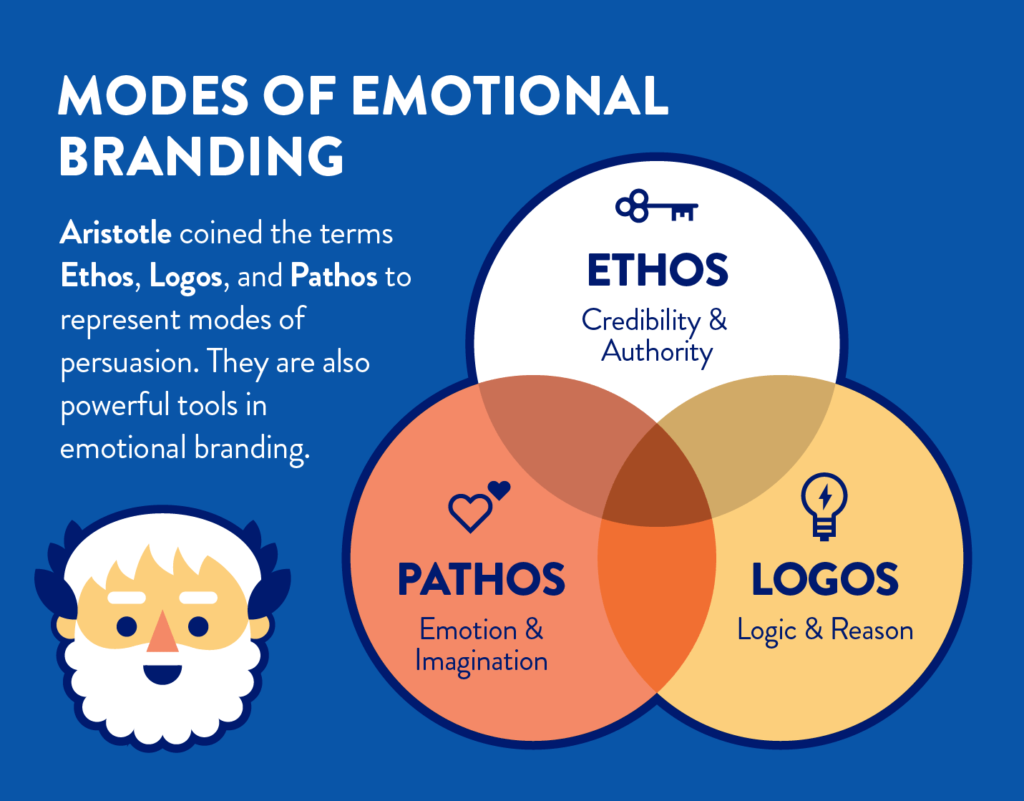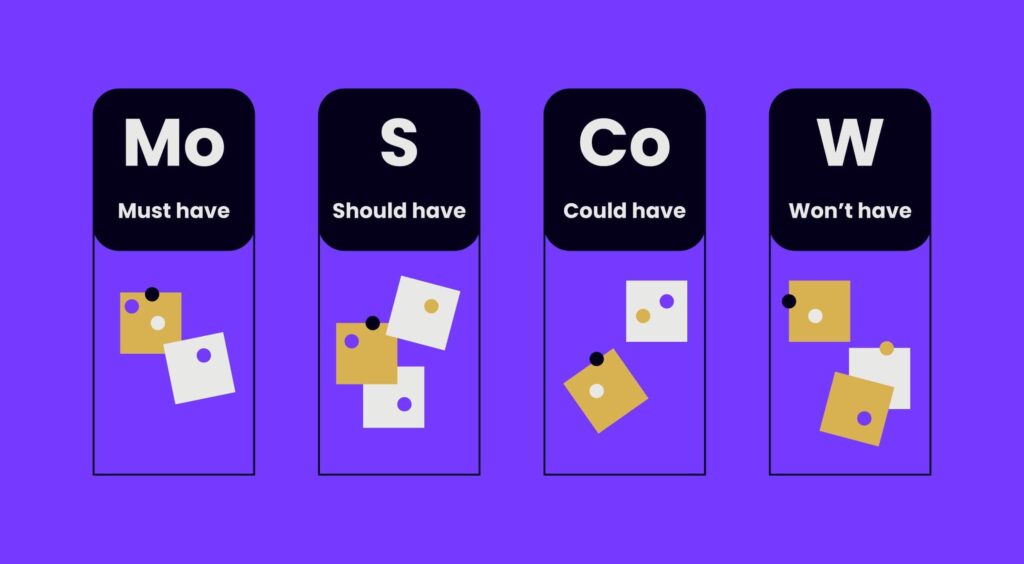5 Ways to Apply Design Thinking in Marketing and Branding
The field of design is not just about aesthetics. It's also about understanding how people interact with the world around them and their expectations of the products they use. The psychology of design helps us understand how people think and behave, which can help us create better products that meet our customer's needs and desires.
Many companies realise that customer experience is becoming a key differentiator among competitors, so they're turning to design thinking to improve their marketing efforts.
This article will discuss applying design thinking principles to your marketing initiatives to attract customers and increase sales.
Table of Contents
What Is Design Thinking?

Design thinking is a human-centred approach to innovation that integrates the requirements of people, the possibilities of technology, and the realities of business using the designer's toolkit.
Design thinking is a philosophy that encourages you to look at problems in new ways, find solutions, and create new opportunities. It helps you develop ideas by expanding your perspective and challenging assumptions. Design thinking can be used in any field or industry, from healthcare and education to business and government.
Design thinking questions traditional assumptions about how things work by looking at them from multiple perspectives. It generates ideas for new products, services, or processes by exploring human needs and desires and prototyping them before deciding which ones are worth developing into full-scale solutions.
What Design Thinking Can Do for Your Marketing and Branding
The design thinking methodology can generate new ideas and solutions to problems in the marketing and branding process. This methodology has been used in different industries, but marketers must understand it fully.
Here are some ways that design thinking can help marketers and brands succeed in an increasingly crowded marketplace.
Create Compelling Content
If you're trying to improve a marketing campaign, design thinking can help you identify what kind of content would be most beneficial to your target audience.
Content is the backbone of any marketing campaign, but many businesses need help to create content that connects with their target audience. This can be especially difficult for small businesses and startups, which lack the resources and experience to create compelling content.
You can use design thinking with the help of a creative design service to create a story around your product or service that helps people understand its value and why they should care about it. By working with a creative design service, you can ensure that your messaging is engaging, informative, and, above all else, compelling. Design thinking allows companies to connect with their audience on an emotional level, which is critical in today's marketplace.
Improve Your Website's User Experience
When you're trying to improve your website's user experience, it's important to remember that you can't just think about the current state of your site. You have to look at what the customers and potential customers want from their online experiences and then focus on improving those experiences.
Design thinking helps you understand the user experience more deeply than traditional market research does. Design thinking determines why people act and react the way they do, rather than just what they do or how often they do it. Before your creative team designs anything, know your target audience and what they want from your products or services.
Leverage Emotional Branding Strategies

Emotional branding strategies are influential for many reasons. They can help you connect with your customers on a deeper level, which is great for brand loyalty and engagement. They also help you create a strong, memorable brand with which people want to be associated.
Design thinking is all about creating an experience that's meaningful to people. The best way to do that is by thinking like your customers—understanding how they think, feel, and act. When you can identify what makes them tick emotionally, you can create products or services that resonate with them at their core.
The key to using emotional branding strategies in marketing is understanding what drives people's emotions and motivations. If you can figure out why someone buys from you instead of one of your competitors (or even if they don't buy from either!), you'll have the key to success in hand.
Design thinking emphasises empathy for users, iterative prototyping, and understanding your audience.
It lets marketers see things from their customer's perspectives. When you base your selections on your customers' needs and wants, you're more likely to produce something they'll appreciate, and your marketing will be more effective.
Continually Learn From Experiments
Design thinking can help marketers create meaningful, relevant, and valuable marketing strategies to promote products or services. They now know how customers view their products, what they want from them, and why they choose one over another. Marketers can solve customers' issues; they may need to learn about using this information.
People buy products based on how they feel, not on their features. Design thinking teaches us what makes people happy or sad when they use our goods, so we can give our consumers the desired experience without telling them (or even understanding it ourselves!). This improves products and customer experiences.
Create Visual Storytelling Platforms
Visual storytelling platforms are a powerful way to get your message across. They help you tell a story with images, graphic design, infographics and texts that can be shared on social media or embedded in websites. They're great for businesses that want to share their story or product with customers or potential customers.
The design thinking process can help you create a visual storytelling platform to improve your marketing. The design process begins with research and ideation, which enable you to understand what your customers want and how they want it. Then, you can create a roadmap for development and implementation that will move you toward your goals.
How to Apply Design Thinking to Marketing and Branding

Design thinking helps companies create better products and services that meet customers' needs and wants. It's been used successfully by companies like Apple and Google, but you can be something other than a tech giant to apply design thinking to your business.
Design thinking is instrumental in marketing and branding because it helps you understand what your customers want from your company and what they need from your product or service. Here are some ways to apply design thinking to marketing and branding:
Empathy
Empathising design thinking is a process that helps you understand your audience. Marketers can use it to develop more relevant and effective marketing strategies.
When you put yourself in your customer's shoes, you'll be able to craft more effective marketing messages. These communications won't overpromise but will meet your target audience's primary demand.
As a marketer, you cannot simply implement best practices and hope they work. Instead, you must create an excellent experience for your buyer persona based on research from your customers and other company personnel who interact with customers.
Design thinking encourages marketing personnel to create in new ways by focusing on people. You cannot use last year's poll or third-party data. It would help to talk to real people to connect with your customer persona.
Define
Your marketing messages will become more effective, relevant, and prominent if they are oriented on the human experience. If you know why your consumers buy your product or service, you can engage with them emotionally by telling them tales relevant to their buyer's journey.
Defining the problem implies that you understand your customers' frustrations, anxieties, hopes, and feelings, which allows you to develop content that either makes them cry or laugh.
Ideate
Design thinkers work in teams, so having a diverse group with different perspectives and skill sets is essential to ensuring you get a wide range of ideas. The team should also be made up of experts in marketing and branding so that they can help each other out. The more diverse the team, the better.
Ideation is where you brainstorm all possible solutions to strategies and then narrow them down until you find one that works best for your marketing strategies. You'll want to consider what makes sense for your brand or organisation.
Prototype
A prototype is the first version of a marketing strategy built by the marketing team. It is created to test and evaluate a marketing concept, idea, and design.
You can prototype all of your marketing pieces, from landing pages to print advertisements and obtain insights on them very rapidly. Create multiple iterations of your copy and the content you use for marketing.
It helps identify any flaws or issues and allows you to make changes before you spend money making the marketing materials available to the public.
Test
The test phase is the most critical part of the design thinking process. It allows you to get feedback from your audience and further develop your ideas.
There are many ways to test your prototypes, including audience viewing, focus groups, and surveys. But no matter what method you use, it's important to remember that this is an iterative process—you will have many opportunities to refine your approach as you test and gather feedback.
When you've tested a prototype with users, ask them what they like about it and what they don't like about it. Look for patterns in their responses and understand why they feel a certain way about the design.
Learn from these tests so that you can improve upon future iterations of your marketing and branding strategies.
Benefits of Design Thinking in Marketing and Branding
Design Thinking Promotes Innovation
Design thinking promotes innovation. It helps marketers develop new ideas and strategies, evaluate those strategies, make adjustments, and ultimately create a plan that works.
Design thinking is taking an idea from concept to reality by understanding the user's needs and creating solutions that meet those needs. This process can be applied to any industry or product, whether physical or digital.
Enhances the Company's Competitiveness
When you use design thinking in your marketing, you'll be able to help your company stand out from the crowd. Think about it: most companies are just trying to sell a product or service, but you can use design thinking principles to focus on how your product will help people.
That's what design thinking is all about—it's a process that emphasises empathy and collaboration to create something new and valuable. When you use these principles in marketing, you'll be able to understand what your customers need and get them excited about using your product or service.
Encourages Creative Thinking
Design thinking is a creative process that encourages people to step back from their everyday lives and look at the world differently. It enables you to think about solving problems creatively and finding solutions tailored to your audience's needs.
Design thinking is an excellent tool for marketers because it helps them develop strategies more likely to resonate with their target audience. This allows them to be more effective at reaching their goals, whether increasing sales or getting more people interested in their brand.
Root Cause Analysis
Root-cause analysis is an essential tool in a marketer's arsenal because it helps them understand the underlying causes of problems in the marketplace and develop solutions. This is especially useful when determining why a brand has fallen out of the consumer's favour or if something needs to be adjusted to improve sales.
The ability to do this kind of analysis depends on having access to data from all aspects of the business, including customer feedback and performance metrics. This kind of information can be difficult for some companies to come by. Still, it's crucial for marketers who want to make informed decisions about what they're doing right—and what they need to change to work together smoothly.
Enhance Brand Recognition

Branding is something that most people want to do. However, you may need more resources to pay for a professional designer or marketing agency as a small business owner. This can be challenging for small businesses because they have limited budgets. Design thinking comes into play here.
Design thinking involves creating a brand from scratch and ensuring it reflects your company's values and mission statement. Design thinking allows you to create a brand to help grow your business and make it stand out.
Increase Productivity
By helping you identify problems early on and using creative solutions to solve them, design thinking helps increase your team's efficiency so they can spend less time on things like communication issues and more time on innovative ideas to help grow your business.
The increased productivity doesn't just affect your team members—it also impacts the customer experience! The more efficient your team is at solving problems quickly and creatively, the better equipped they'll be to meet customers' needs at every touchpoint along their journey with your brand or product line.
Improve Internal Processes
There are many opportunities for internal process improvement—how you work together as a team, leverage your existing resources and tools, and utilise your time effectively. Design thinking can help you improve all of these things.
Design thinking helps create a culture of innovation and exploration by encouraging experimentation, collaboration, and creativity. It also helps keep things flexible—no matter how much planning goes into your project or campaign, it's essential to be prepared for changes in priorities or direction.
Why Should Marketers Care About Design Thinking?

Design thinking is a way of thinking about problems that emphasise empathy for the end user, iterative prototyping, and the ability to understand how your audience thinks and feels.
When your creative team implements this, marketers can get outside their heads and see the world through their potential customers' eyes. When you make decisions based on what your customers need and want, you are more likely to create something they'll love, and your marketing efforts will also be more effective at reaching them.
Design thinking can help marketers create more valuable, relevant, and meaningful user products. It helps them understand how users think about their products, what they want from them, and why they choose one product over another. This knowledge enables marketers to create better solutions for problems that customers might not even realise exist!
People don't buy things because of their features or benefits—they buy something because of how those features make them feel. You can give people the desired experience without telling them what it is (or even without realising it ourselves!).
What Creative Design Services Can Do to Implement Design Thinking
Creative design services can help companies implement design thinking in their marketing and branding strategies. A marketing agency will work with you to understand your business needs, goals, and objectives and what your competitors do in your industry. They'll also research your target audience and how they prefer to interact with brands online.
Based on this information, the creative design services team will create a plan that identifies key areas where improvement is needed within your business processes or customer experience. The plan will also outline how these improvements can be achieved by implementing design thinking within different parts of the organisation, such as the sales, operations, and customer service departments.
Conclusion
Today's global socioeconomic landscape is complex and ever-changing, making it a challenging business setting. These trends are only expected to accelerate soon. Traditional marketing and business strategy methods have proven ineffective in adapting to the ever-evolving nature of today's markets.
Take your marketing to a new level with Design Thinking, which enables marketers to meet customer needs that are becoming increasingly complex. An essential aspect of design thinking is constantly monitoring outcomes, such as financial gain and consumer satisfaction.
Businesses are increasingly turning to Design Thinking to aid in the creation of company strategies, marketing plans, innovation efforts, and organisational designs. This is because of its flexibility and adaptability to the dynamic business world.
FAQs on Design Thinking
How is design thinking different from other types of market research?
Design thinking is a methodology that empowers people to solve problems through collaboration, experimentation, and prototyping. Design thinking is not a new concept; it has been used in the design industry for decades, but only recently has it become more widely adopted by marketers and brand strategists.
In contrast to traditional market research techniques—such as surveys, focus groups, and in-depth interviews—design thinking encourages participants to come up with solutions rather than providing answers or suggestions. Designers are encouraged to consider all aspects of the problem (the product/service, its users/customers) rather than just one aspect at a time.
Design thinking provides value to customers by helping them solve problems and achieve goals.
In what ways does design thinking benefit customers?
Design thinking is a human-centred problem-solving process focusing on the user's needs and a deep understanding of the problem to develop innovative solutions. It is used for many things, such as product innovation, service design, education, healthcare, etc. It can be applied to almost any industry or sector, including marketing and branding.
By applying design thinking, we can help our clients solve their problems and achieve their goals by improving their processes, products, or services. You can also use it to create new products or services from scratch or take an existing product or service and make it better.
How does design thinking increase customer satisfaction?
Design thinking can improve consumer experiences by involving marketers in product development and emphasising brand communication.
Design thinking allows product designers to hear, if not experience, user feedback. It uncovers the crucial elements in a client's selections better than other quantitative methods. Design thinking also helps organisations identify customer demands better than quantitative methods. After that, product designers may swiftly apply what they learned and create products with a better probability of success.
Why is design thinking beneficial for marketing strategy?
Design thinking is valuable for improving marketing strategy because it provides a way to think about the problems that your team is trying to solve and the solutions they might come up with.
Rather than starting with a solution, design thinking allows you to create a problem and work backwards to figure out what you need to do to solve it. Design thinking helps you identify the issues that need solving and all possible solutions that could fix those problems.
Design thinking also helps you prioritise which problems are most important to tackle to ensure your efforts align with your audience's needs.
